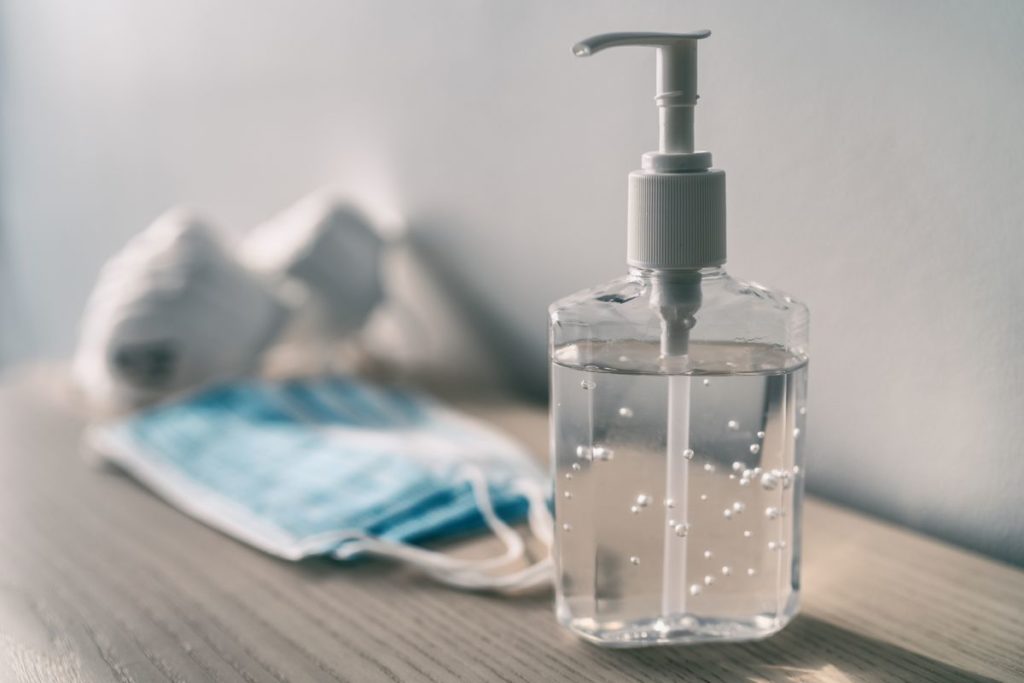
The outbreak of the pandemic Covid-19 has left our local businesses with difficult decessions. Some businesses are shut down, expenses are increasing, and there is no future income coming in from anywhere. The health hazard (Covid-19), along with the drastic shift in the economy, has left many corporate tenants concerned.
How will they pay for the rent and create a safe and healthy workplace for their business prospects at the same time? Is it even possible with the virus spreading at an exceptional uncontrollable rate? Well, at present, there isn’t much to work with, but here is how you can plan a return to work safely in these uncertain times.
Guarantee Your Workplace Is Safe for Return
As we are planning on returning to work and reopening the industries and the offices, it is time that we start talking about the safety precautions. Businesses need to set in place safety measures to transform the workplaces into safe and healthy working environments.
It is best to take into account the current health status of the workplace by evaluating the major health performance indicators to ensure the safety of your employees and your customers. There are several ways in which you can guarantee a safe workplace, so let us go ahead and look at them in detail.
- Air Flow Settings
As a tenant, before you move back to your workplace measure the basic metrics relating to the airflow system installed in the building. It includes examining every element starting from the volume of fresh air and fan capacity to the ventilation and air filtration systems set in place by the landlord.
Other than that, you also need to focus on the temperature and humidity management inside the building. Proper working air conditioners can help you minimize the humidity by 60% on a hot summer day, which is known to help with reducing viral transmission. Covid-19 is an air-borne virus; thus, it is crucial to ensure that the airflow system is working effectively to mitigate the impact on the virus.
- Air Quality Sensors
Checking your airflow systems once isn’t going to be enough to maintain a healthy workplace. It is essential that you measure the air quality from time to time to uphold the safe working conditions. Most buildings have air quality sensors in place, but the landlord often resists sharing the data with the tenants. So instead of depending on them for the answers, the best approach is to install your indoor air quality sensors in place to measure the air quality in real-time. It will give you confidence in how safe and healthy your workplace is, even in these uncertain times.
- Regular Screening
One of the best approaches that organizations around the globe are adopting is regular screening. It would be best to measure the temperature of every individual that walks through the doors to prevent affected individuals from entering the premises. You can also opt for biometric screening to detect the infection rapidly.
- Surveys and Breakdown
Once everything is set in place to guarantee a safe working space, it is best to conduct regular surveys and feedbacks. Ask your employees about the days and how secure they feel when working at the office. It would be best if you also collected feedback from your customers and clients to evaluate the effectiveness of the measure set in place.
But even after everything, it is vital to analyze the results. The best way to do is to keep track of your employee’s sick leaves and tabulate the statistics. It will help you figure out if the measures set in place are sufficient enough to guarantee a healthy office space for you, your employees, and your customers.
Rent Relief at Commercial Properties
In these uncertain times, it has become impossible for the corporate tenants to uphold the rental agreements. Due to ongoing pandemic and the resultant drastic downwards shift in the economy, tenants have filed for rent relief requests to keep their businesses.
But the problem is, does every tenant’s rent relief request get approved? If yes, then how long will the landlords be willing to provide rent relief to the tenants? According to a study conducted by JLL, 34% of the tenants are requesting rent abatement, whereas 28% are requesting deferment until the conditions normalize.
But since both abatement and deferment affect the building income, thus not every tenant is getting his rent relief request approved. Tenants who are opting for the blend and extend lease transactions are the ones getting rent relief from the landlords. As it protects both the landlordand the tenant in the long run until conditions stabilize, therefore it is the best possible solution at present.
Final Words
It is impossible to predict when the pandemic will be over, and when the economy will get back on its feet. Doctors and researchers are working on the vaccine. In contrast, the governments around the world have given the green light to reopen the offices. But how we respond to the current conditions depends entirely on us. So it is essential to consider all elements before renting a workspace or continuing a lease agreement with your present landlord to return to work safely.
What is tenant representation, and why you need a tenant representative?
A tenant representative, as the name suggests, is a real estate expert who works solely for the corporate tenants. Unlike real estate agents who work for both the landlords and the tenants, a tenant representative’s job is to exclusively work in the best interest of the tenant in a commercial real estate project.
In the past, having a real estate agent was enough. But due to the Covid-19 pandemic going on, you need an expert to help you with your rental properties. They can help you find suitable office space, request tenant reliefs from the property owners, and perform preliminary analysis to determine the safety of your workplace.